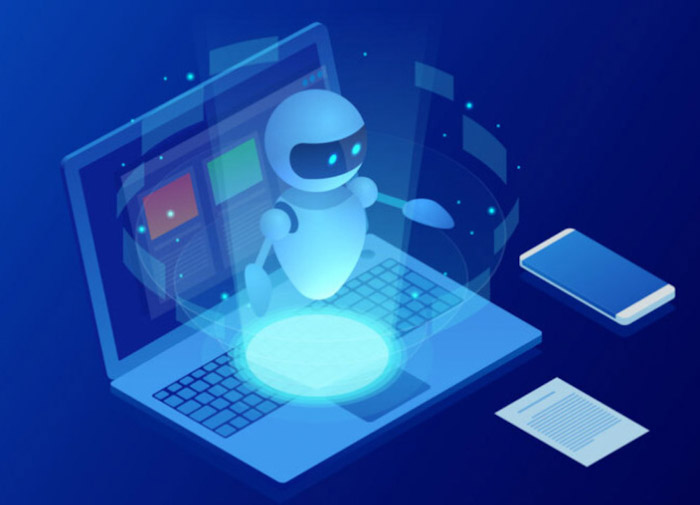From generative AI to analytics, the landscape of collaboration software is changing rapidly.
But there’s more to it than just the flashiest new gadgets.
By: Matthew Finnegan | original from IDGN
Workplace collaboration is vital to the flow of knowledge across an organization and ultimately to enabling employees to get work done.
Doing it right and working together can lead to:
- Better coordination of joint projects
- A boost for creativity
- Faster problem solving
- and an increase in individual productivity
The rise of remote work in recent years has highlighted its importance connect peopleNo matter where their office is or what time zone they are in.
At the same time, the tools teams use to work together continue to evolve rapidly.
The catalog is in progress
There is a wide range of collaboration software products available to businesses:
- from e-mail
- Up to real time chat applications
- and video conferencing platforms
While collaboration features are also being integrated into productivity, project management, and other business applications these days.
Looking into the future, there is even the possibility of speaking in virtual environments.
If anything, the range of options can be overwhelming, both for those who deploy and manage many apps, and for workers tasked with keeping up with messages across all the gadgets they log into every day.
And there’s more to collaboration than choosing the right tool: employees often need support to get the most out of the apps available to them.
Good, bad or not, there’s definitely a lot to go along with.
Here are the key workplace collaboration trends that business and IT leaders need to know.
Generative AI in Collaboration Tools
In the few months since its launch chatIt’s fair to say that generative AI caught people’s attention, and then some.
Citing stats from a similar site, analysts at financial services firm UBS stated that ChatGPT is the fastest growing consumer Internet app of all time, with an average of 13 million unique daily users in January.
Companies have also noted experimenting with technology in everything from writing reports to writing software code.
Cluster device manufacturers have also seen the benefits of applying the technology to their products.
Microsoft, Google, and Slack are just a few of the vendors that are beginning to integrate Language Large Models (LLM) into their systems, promising huge improvements in collaboration and productivity for users.
“Despite the hype, AI is certainly going to have a significant impact on business communication and collaboration,” said Raul Castagnón Martinez, senior analyst at 451 Research, part of S&P Global Market Intelligence.
A new generation of generative AI assistants might summarize a meeting an employee might have missed, for example, or automatically compose a formal-style email in seconds.
“Generative AI, over time, can be that virtual colleague you didn’t know you needed. Every collaborative application will increase its use of AI over time,” said Wayne Kurtzman, vice president of research for Social, Communities and Collaboration at analytics firm IDC. the time.
However, companies need to be careful, because generative AI is prone to inaccuracy, bias, and plagiarism, with many problems to solve.
Kurtzman said many questions remain about data security, sovereignty, and governance when applying LLM to employee chat data.

“Beeraholic. Friend of animals everywhere. Evil web scholar. Zombie maven.”

 “Despite the hype, AI is certainly going to have a significant impact on business communication and collaboration,” said Raul Castagnón Martinez, senior analyst at 451 Research, part of S&P Global Market Intelligence.
“Despite the hype, AI is certainly going to have a significant impact on business communication and collaboration,” said Raul Castagnón Martinez, senior analyst at 451 Research, part of S&P Global Market Intelligence.